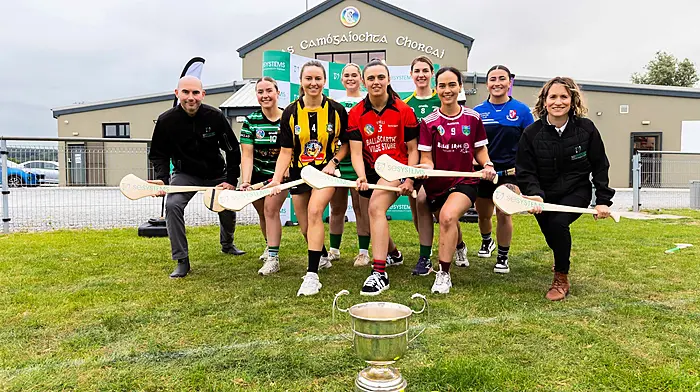The four decades since the visit of Pope John Paul II to Ireland have seen more change in the standing of the Catholic Church in this country than had happened in the preceding four centuries or more.
THE four decades since the visit of Pope John Paul II to Ireland have seen more change in the standing of the Catholic Church in this country than had happened in the preceding four centuries or more. This has come about mainly because Ireland has become a more secular society and is not dominated by the Church to the same extent as it was up until the era of permissiveness started in the mid 20th century and was then followed by greater prosperity generally.
Globalisation and consumerism have diluted our identity and made us a more materialistic society, as epitomised by the Celtic Tiger economic boom of the first decade of this century and, unfortunately, very few if any lessons have been learned from the economic crash that followed. Corporate greed dominates even more and people are so busy working and commuting that the amount of quality family time is severely eroded.
Religious services provide opportunities for reflection, but fewer and fewer are taking this up, mainly because they perceive the Catholic Church as some sort of tyrannical institution, which it is not meant to be, but which comes across that way because of all the self-inflicted bad press it has got in recent years. The greatest scandal was all the revelations of child sexual abuse by a minority of clerics – whose actions unjustly tarred all religious with the same brush – but it was the cover-up by the Church hierarchy of these despicable acts that annoyed people even more and led to so many turning their back on it in disgust.
More than half of its membership feels disenfranchised with the Church’s ban on women being ordained as priests. Former President of Ireland Mary McAleese’s dogged pursuit of this issue has not endeared her in the Vatican and neither has her stance against the Church’s attitude to gay people.
Some of the hypocrisy the Church is accused of is mirrored by the general populace, mostly among the 78% of the population who identified as Catholics in the last Census two years ago (down from 84% in 2011). How many of these are regular mass-goers?
Some families have used it as a flag of convenience to make sure their children can get places in local schools, although the baptismal requirement has since been removed by the government as the march of secularism continues unabated, albeit at a much slower pace than many people would like. Other ‘politically-correct’ actions like the HSE doing away with the names of hospitals called after saints and the removal of religious icons from them have upset some older people who stoically cling to their faith, despite the fact that they are the generation that would have endured the worst excesses of the Catholic Church when it was let rule the roost by successive governments from the foundation of the State.
When he arrives here for the World Meeting of Families on August 25th and 26th, Pope Francis won’t create the same mass hysteria, especially among young people, that Pope John Paul II’s visit in 1979 did. The Polish native – who has since been made a saint – arrived when Ireland was in the grip of an acute economic recession and, as a relatively young Pope (59) just a year in the job, he represented hope for a more open and inclusive Church.
Some 2.5 million people – the majority of the people of Ireland then – got to see him at events in Dublin, Drogheda, Clonmacnoise, Galway, Knock, Limerick, and Maynooth. He embraced the young people of Ireland in a way that offered so much hope and conducting the chorus of approval in Galway were high-profile clerics Bishop Eamon Casey and Fr Michael Cleary, both of whom it later emerged had fathered children – breaking their vows of celibacy – and then covering it up.
However, this was minor compared to the subsequent revelations of more insidious child sexual abuse by other clergy that was covered up by the Church. Pope Francis needs to acknowledge the wrongdoing and, while here next weekend, find time to meet with and apologise, on behalf of the Catholic Church, to people who were abused by clergy.
The 81-year-old Pope Francis may not have the vibrancy or energy that Pope John Paul II had in 1979, but seems a decent and humble man. While soaking up the adulation of those who go to see him, he must also acknowledge those the Church he presides over wronged so badly.









